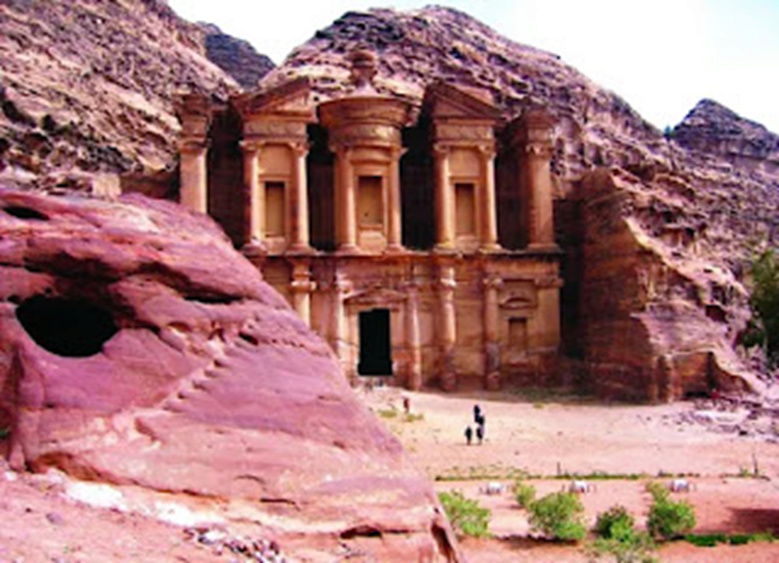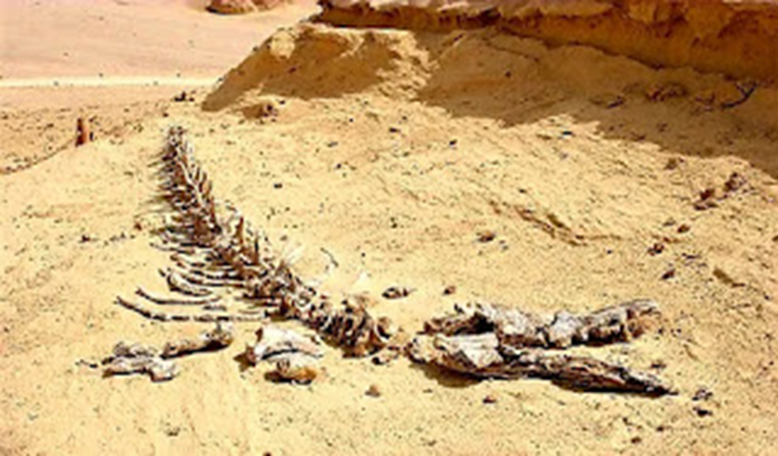UNESCO World Heritage Sites

World Heritage Site
World Heritage Sites are areas or monuments that may be man-made structures, natural areas, or a mixture of both. They are exceptional and unique areas or monuments nominated by the World Heritage Committee.
UNESCO:
united nations educational, scientific, cultural organization
It is the United Nations Educational, Scientific and Cultural Organization, an organization affiliated with the United Nations and headquartered in France. Its goal is to spread security, peace and cooperation among the 195 member states in the fields of education, culture and education. It is headed by Frenchwoman Audrey Azoulay.

Babylon, Iraq
World Heritage Sites are sites owned by countries that are located within their borders, but they are required to protect and preserve them for future generations because they receive the attention of the international community, whether through tourist visits, or even financial aid if necessary to protect those sites from extinction, as is the case and before the organization began its work when it was collected. Large sums of money to protect Egypt's antiquities, especially the Temple of Abu Simbel, from sinking When the Egyptian government decided to build the High Dam to meet its electricity needs or to protect its lands from floods.
In general, until 2017, there were 1,073 sites in the world that are considered World Heritage sites, distributed among 167 countries in the world. Europe and North America have the lion’s share in terms of having the largest number of World Heritage sites, followed by the continent of Asia, then Latin America, then Africa.

Manhattan desert, Shibam Yemen
The number of cultural sites was 832, while natural world heritage sites were 206, while mixed sites around the world included 35 sites.
Italy ranks first in the world in terms of having the largest number of World Heritage Sites with: 53 sites (the most prominent World Heritage Sites in Italy are the Royal Palace, Caserta Palace, and sites in Venice and Naples)

asbah district, Algeria
Followed by China with 52 sites (the most prominent World Heritage Site in China is the Great Wall of China)
Then Spain has 46 World Heritage Sites (the most prominent World Heritage Site in Spain is the Alhambra Palace, and a special topic has been made about that architectural masterpiece

Petra Jordan
Morocco occupied the largest share with 9 of the most prominent World Heritage Sites in Morocco: (the city of Tetouan, the historic city of Meknes, the city of Marrakesh, and the archaeological site of Volubilis).
Tunisia follows with 8 World Heritage Sites (the most famous Tunisian World Heritage Sites). (The most famous Tunisian World Heritage Sites are the Roman Amphitheater, the Ashkel National Reserve, the city of Sousse, and the city of Tunis).

Valley of the Whales, Egypt
Then Algeria, the most famous sites of which were (Bani Hammad Castle and Wadi Mzab).
And Egypt's most famous sites were the Temple of Abu Simbel, the Pyramids of Giza, the Saint Catherine area, and the Valley of the Whales in Fayoum, and each of them (Algeria and Egypt) has 7 heritage sites.

The city of Fez, Morocco
And 6 sites for both Syria (the most famous of which are the ancient cities of Aleppo and Damascus) and Amman, the most famous and newest of which is the city of Qalhat.
It owns 5 sites in Saudi Arabia (such as Mada'in Saleh)
Shibam in Yemen, Sudan, Bahrain and Lebanon had World Heritage sites, while Kuwait did not have any UNESCO World Heritage sites.

Madain Saleh
Source: websites

